
Who can professor
Former Dean and Doctoral Supervisor of School of Design and Art, Hunan University, China
Visiting Professor, Royal Danish Academy of Arts
Invited Vice President of China Industrial Design Association
Chairman of Hunan Industrial Design Association
1.
Old Worker: Are there any misunderstandings about the industrial design industry among the domestic public?
Professor He: I often go to various enterprises and meet the leaders of various enterprises. Many people ask me whether industrial design is for modeling. In fact, we have been asked this question for at least 40 years! Until today, many people still have a vague idea of what industrial design does, that is, they will think that industrial design is to do modeling, that is, to do art.
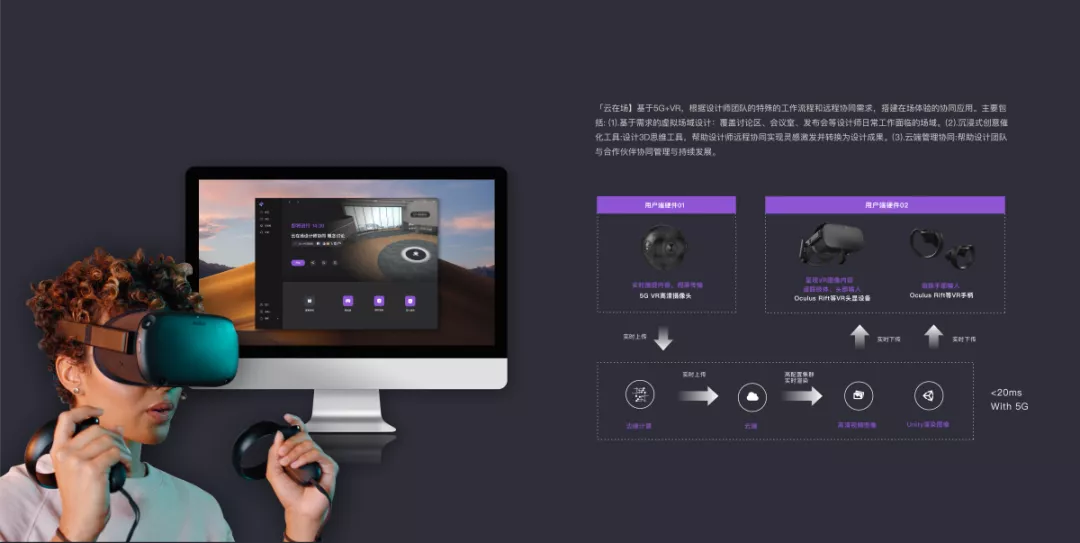
But today's industrial design, especially in our Internet, Internet of Things, and big data era, industrial design has undergone tremendous changes. First of all, its complexity has greatly increased. For example, today's typical industrial design-mobile phone, It has both hardware design and software APP design, as well as a large amount of content design behind the software. In other words, our industrial design today, to a large extent, is to integrate the three fields of hardware, software and services into a whole, which can better serve our consumers.

2.
Old worker: Compared with 2 or 30 years ago, how has domestic industrial design education developed and changed?
Professor He: The late start of industrial design education we are talking about is only a relative concept, because if our country's industrial design is far away, it may be that there has been design education since the Central Academy of Arts and Crafts in the 1950s, but it is precisely The establishment of the industrial design major and the development of industrial design education may be a matter after the reform and opening up.
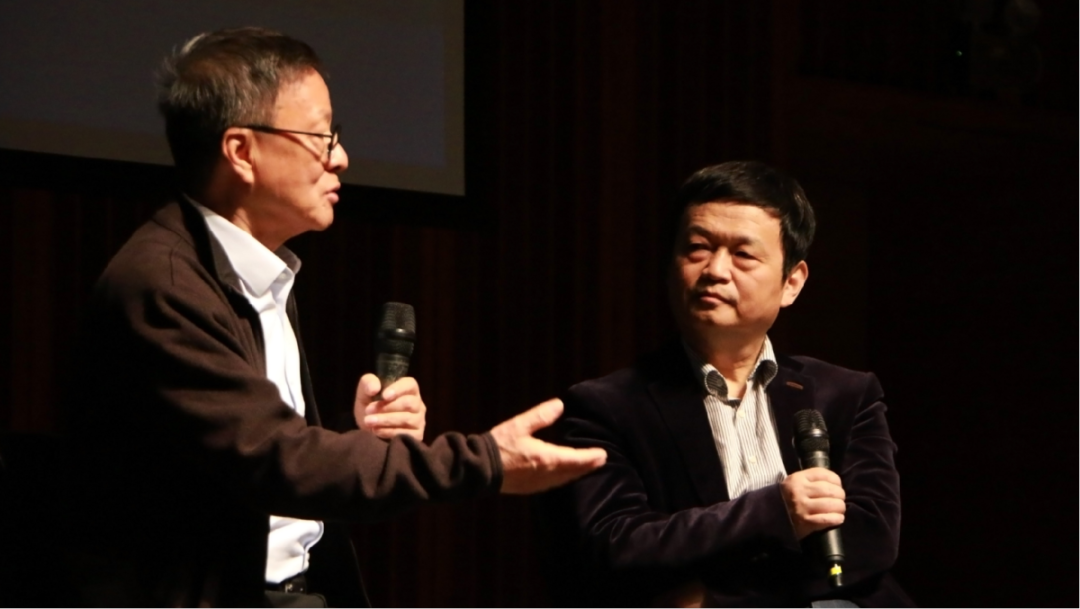
Of course, our industrial design has also gone through several stages.
The initial stage: mainly to learn from overseas. For example, we, like teachers Liu Guanzhong and Zhang Fuchang, all studied from Germany and Japan respectively. Many teachers of Hunan University also studied from abroad. I went to the Royal Danish Academy of Fine Arts to study design in the 1980s.
Therefore, in the 1980s and 1990s, we mainly studied foreign advanced industrial design and design education, especially under the influence of Japan and Germany. Since the end of the last century, various schools have gradually explored our own characteristics. Industrial design and education. So our industrial design actually started from home appliance enterprises at the earliest. Today we can see that in the Chinese market and in the international market, China's home appliances, represented by Haier and Midea, have become internationally famous brands;

The second stage: to a large extent, our design still focuses on products, such as the design of TV sets, the design of telephones, the design of mobile phones, the design of functional phones, and so on, but since Apple, the world has changed with this iphone.
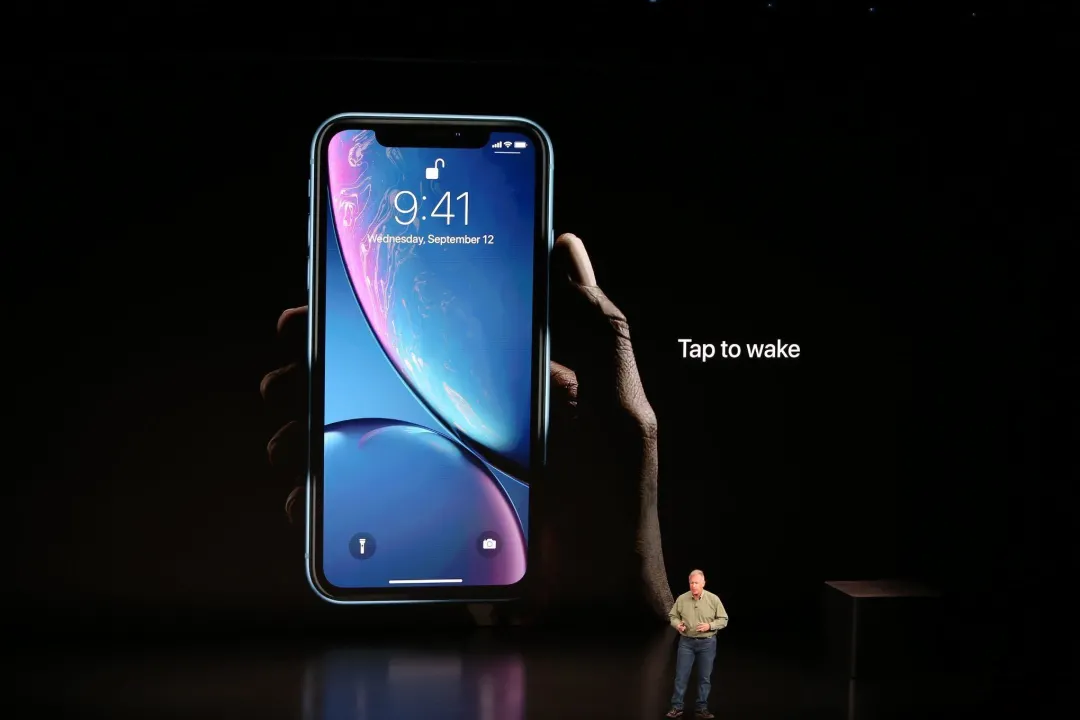
It has gradually shifted from the previous simple product design to the design of hardware, software and services. We still take the mobile phone as an example. If the mobile phone does not have the operating system and millions or tens of millions of app applications, the mobile phone is a brick and there are no other applications besides being able to make phone calls. Then behind each app, there are a lot of services to support it, for example, Aiqiyi is an app bar and Station B is an app bar, but behind it is all kinds of content created by this user. If there is no content, the TV is nothing, it is a black frame, and the mobile phone is a black screen.

Therefore, from the invention of this iphone to the present, our industrial design is more of an integration of resources. It takes the ecological design composed of hardware, software and services as one of our core. Now these designs like our smart home appliances and smart families are actually the same. Of course, the current online shopping has also brought revolutionary changes to our industrial design. Because there was no direct contact between designers and users in the past, but now you see that whether we buy a product on Taobao or JD.com, it hopes that you have an evaluation and a feedback. In this way, consumers and There is such a direct connection between designers and enterprises.

So now this industrial design is no longer a matter of the previous designers. It is more about paying attention to the needs of users and user feedback, but all this is the design brought to us by the Internet, especially the mobile Internet. Changes.

3.
Old Worker: What is design? What is the essence of design? What do you think are the criteria for good design?
Professor He: This is a cliché question, but it is also an eternal proposition. First of all, if we look at it from the perspective of the enterprise, from the 50 s of the century, IBM President Thomas. Watson said a word about Good Design Is Good Business, what is good design? Good design is good business, and commercial success is a proof of design, which is from a commercial point of view.



So from the perspective of users, Good Design Is Good Experience, because many of our products are not necessarily material products, especially after we have mobile phones, what are our more products? It is a service, including tourism services, financial services, education services, entertainment services, etc.
So for users, what is good design? A good design is a good experience. This point, especially in the Internet age, is more critical. What does a good experience depend on? Good interaction, right? Do you think our mobile phones are good or not? Is app good or not? First of all, it depends on whether it has a good interactive interface and interactive process, so interaction has become a core of our industrial design evaluation today. Let's just say, for enterprises or consumers, what is a good design Evaluation is also keeping pace with the times.
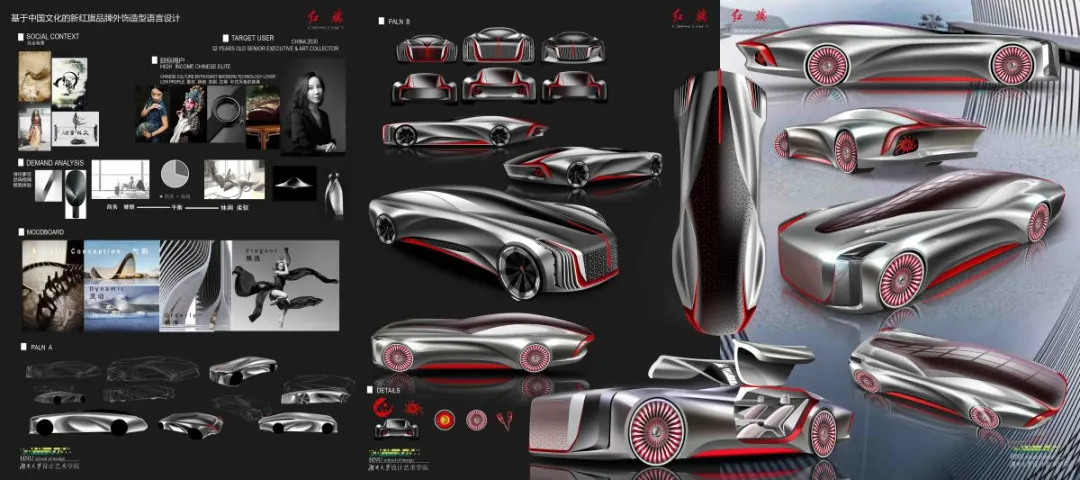

4.
Old worker: When judging design works as a judge, what aspects will you give priority?
Professor He: Because each design competition has its own theme and its own value orientation, it is different for each competition.
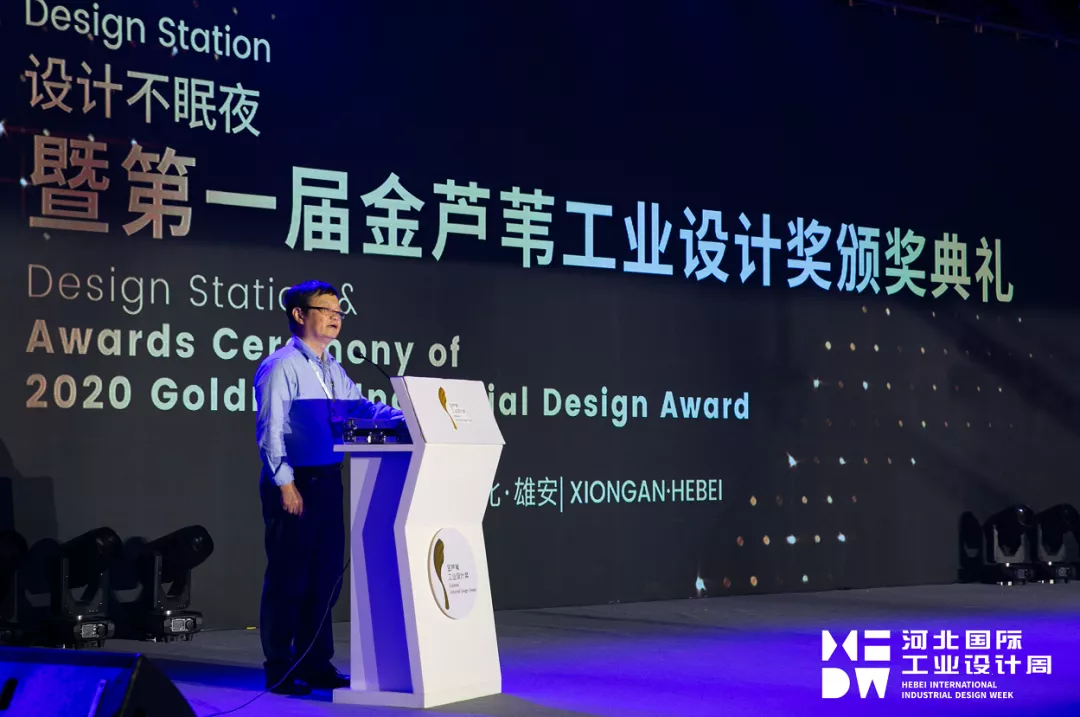
For example, some competitions focus on sustainable design, of course its priority is whether it is environmentally friendly? Is it conducive to the sustainable development of our human beings, is it harmless to our environment throughout the life cycle, but some design competitions are called-such as the China Smart Manufacturing Award, which may be more focused on the application of new technologies, human-computer interaction, user experience and so on.
Therefore, different design competitions, its evaluation standards and its value orientation are different, but in general, the evaluation standards of design competitions are consistent with the evaluation standards of our design itself. Good design is to have a good user experience, and at the same time, it can also reflect the goal of sustainable development.
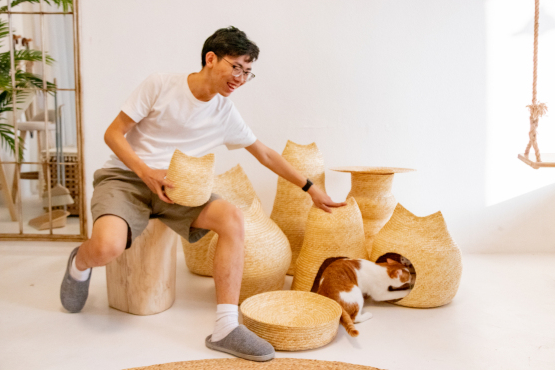
5.
Old Worker: What do you think about the problem of design reference and plagiarism? In the face of plagiarism, how can designers better protect their rights?
Professor He: In fact, in the design industry or any of these fields that produce intellectual property rights, there will be plagiarism or a little bit of reference, but this is not terrible, because all human achievements are developed on the shoulders of giants. So learning and learning is an essential process.

However, we must understand this degree, that is to say, intellectual property rights, especially patents, so our design must learn from others and learn from them. Otherwise, it is impossible for us human beings to develop. However, we should fully understand the object of your study, his patent protection and the scope of his intellectual property protection, We must not cross the boundary, because respecting others is also respecting ourselves.
Therefore, I think that all students who study design or designers who actually carry out industrial design must have sufficient awareness of intellectual property rights, learn to protect themselves, and at the same time avoid infringement.

6.
Old worker: The design of students in design colleges and universities is generally too idealized and conceptualized. At present, the design required by the industry pays more attention to cost, landing, business and other issues. How do you view the realistic deviation between them?
Professor He: In fact, you can see that our industrial design awards, including Golden Reed Award, Red Dot Award, Red Star Award and IF Award, will divide design into two categories. One is the product category, which can be realized or has been realized; the other is the concept award, and the concept award is mainly aimed at school students, or young designers. We should encourage them to explore the unknown and explore the future. If the designers we train are limited to what already exists in the world today, or what we are going to put into production in the enterprise, then where is our future?
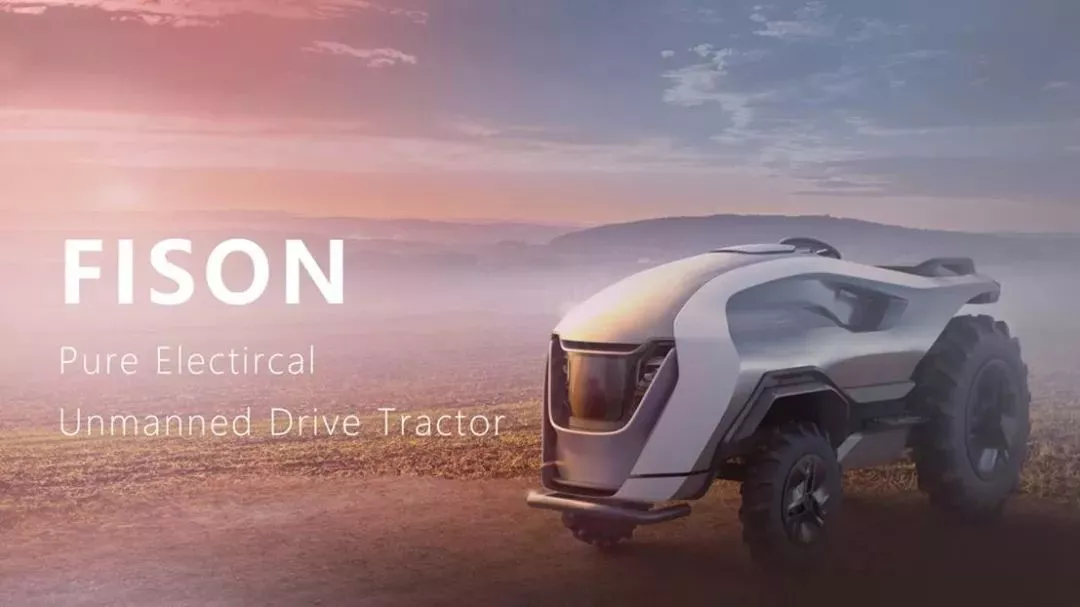
Therefore, young people, especially students, still have to explore the future as our learning goal in the learning stage, but in this respect, we should also pay attention to its practical feasibility, such as whether it has the real possibility of landing in 3 years, 5 years and 10 years later, so we should do very in-depth and detailed research in terms of technology, materials and technology, so that our design will not be completely unconstrained, but may become a reality in many years.


7.
Old worker: It seems that commercial design has become the mainstream of the design industry. Is this phenomenon not conducive to the development of China's industrial design? How can we reverse this situation?
Professor He: I have already said what is a good design for enterprises, Good Design Is Good Business, or Good Business Is Good Design, so the evaluation criteria are very clear. For the industry, products that fail to create commercial value may be a waste of the resources we have.

Because it cannot create commercial value, then this enterprise will definitely not develop sustainably. In this way, will this society still develop? No. Therefore, designing it must have commercial value. When we study in school, our classmates must also pay attention to this problem. It cannot be completely unconstrained. At the same time, we must also remember the designer's sense of social responsibility. We must care for the weak, we must protect the environment, so that our earth can develop sustainably.

8.
Old Worker: Do you have any words and hopes for the current domestic college students majoring in industrial design? What kind of tasks and roles do they need to accomplish in China's future development?
Professor He: Today's college students are the future of our country. Therefore, our college students should first understand the development trend of our world. The first trend is digitalization in terms of technology. As Ma Yun said a few days ago, "This epidemic may have promoted the digitalization process of our world for at least 20 years".

Because there were many business industries that might not have been so determined about digitization before, but after this outbreak, it had to go digital. Just like we are in universities, all the schools in the world, from kindergarten to the doctoral training, are carried out online, so to some extent, the digitization of education may really move forward for 20 years, which is a trend.
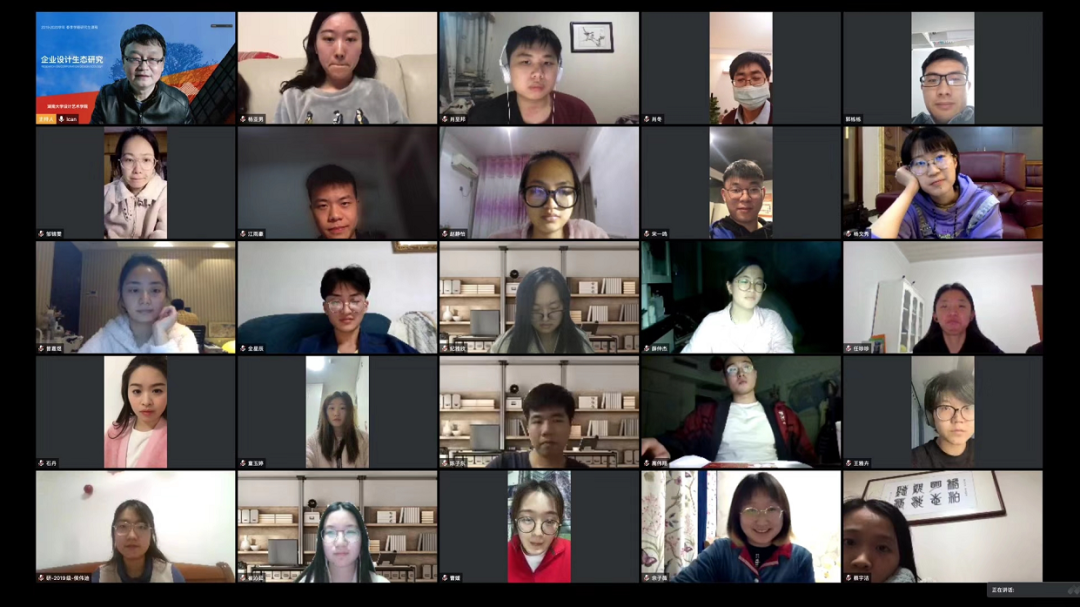
Another important trend is globalization. Since everyone is digitized, digitalization has no national boundaries, so cultural exchanges and commodity exchanges around the world may be more busy. Therefore, if we want to adapt to the world, digitalization and internationalization should be there. One aspect is to understand the development trend of the world.
The second is to understand some materials, processes and business processes related to industrial design, so that after we enter the society, we can quickly enter the society and adapt to the needs of enterprises. Therefore, students should take the initiative to participate in some design competitions and take the initiative to participate in some actual case research, development and design work of enterprises, so as to do some basic work for us to enter the society in the future.

The copyright of this work belongs to 工业设计. No use is allowed without explicit permission from owner.

New user?Create an account
Log In Reset your password.
Account existed?Log In
Read and agree to the User Agreement Terms of Use.

Please enter your email to reset your password
The platitudes of rhetoric
Dry
Having said so much, I still have to put it into shape in the end.
NICE ~
There are many points worth pondering from the teacher's explanation.
Small body, huge energy
Didn't understand
Very dry goods
Dry goods
Very dry goods